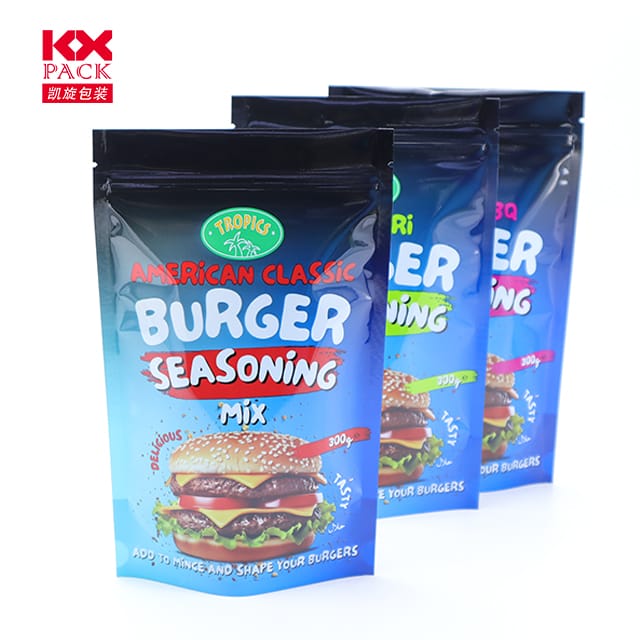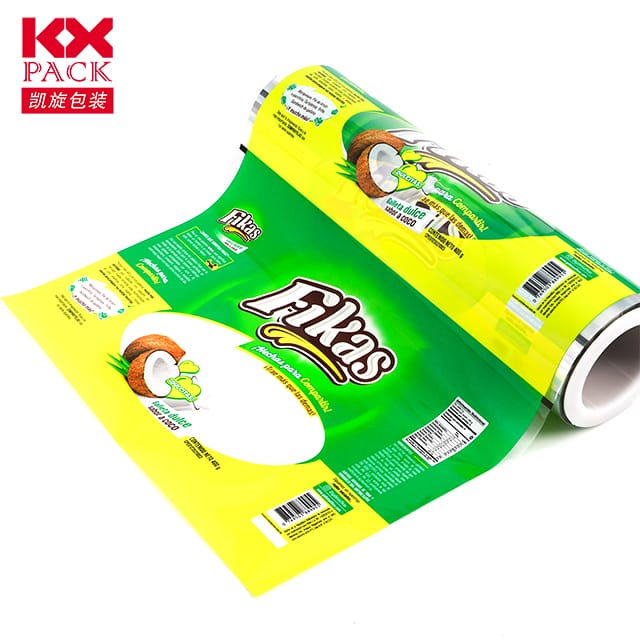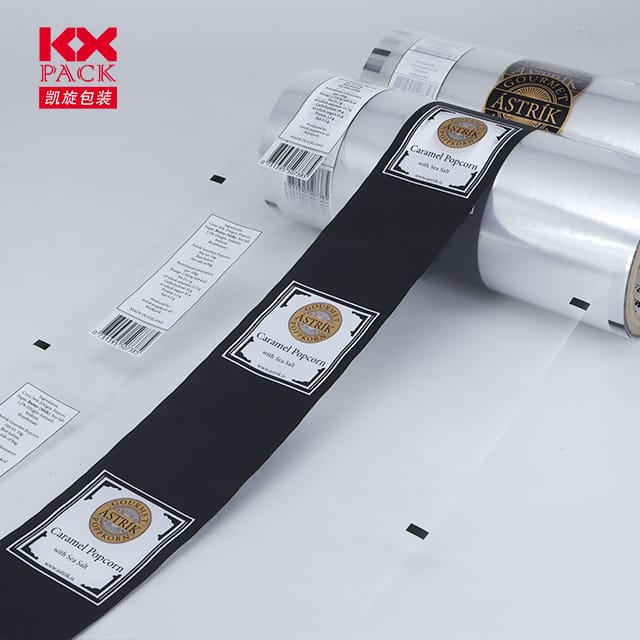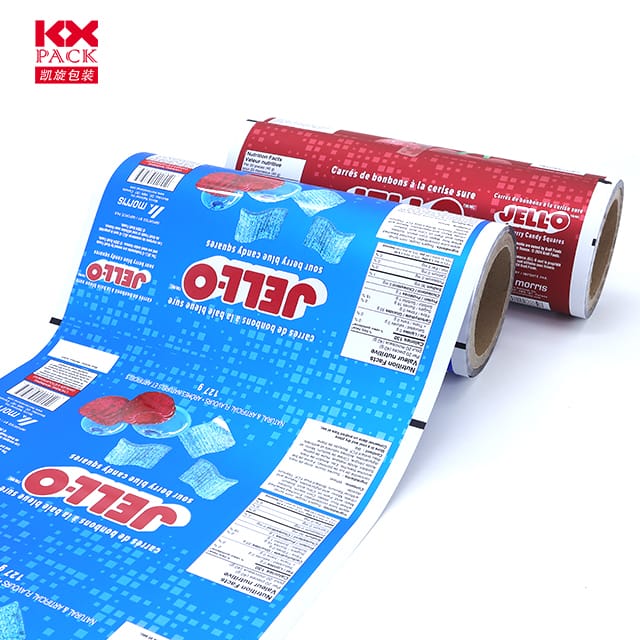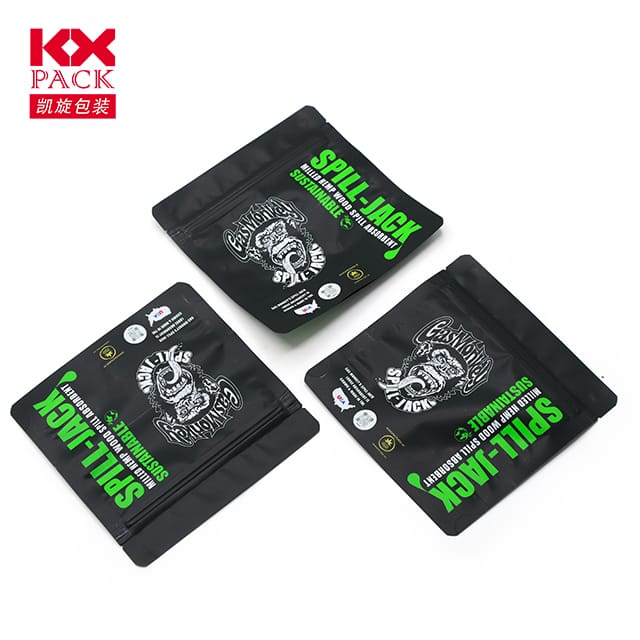Ролята и бъдещето на пластмасовия филм за опаковане: Балансиране на полезността и устойчивостта (2)
Филм за пластмасови опаковки
Въведение
In a world where convenience and preservation are paramount, plastic packaging film has become an ubiquitous presence. От прясна продукция до електроника, Този универсален материал предпазва стоките, удължава срока на годност, и вериги за снабдяване с равни графики. Все пак, Въздействието му върху околната среда предизвика глобални дебати. Тази статия изследва многостранната роля на пластмасовия филм за опаковане, неговите приложения, предизвикателства, and the path toward sustainability.
1. The Versatility of Plastic Packaging Film
Plastic films are engineered for diverse purposes, Благодарение на тяхната адаптивност:
- Types of Films:
- PE (Полиетилен): Flexible, лек, and ideal for food packaging.
- ПП (Полипропилен): Heat-resistant, used for microwave-safe containers.
- PVC (Поливинилхлорид): Durable and shrink-wrap capable.
- ДОМАШЕН ЛЮБИМЕЦ (Полиестер): Strong and transparent, often used for beverages and electronics.
- Биоразградими филми: Made from PLA, Фа, or starch-based materials.
- Приложения:
- Food Preservation: Seals freshness, prevents contamination.
- Medical Supplies: Sterile packaging for surgical tools.
- Електронна търговия: Protective wraps for fragile items during shipping.
- Земеделие: Mulch films to enhance crop growth.
2. The Double-Edged Sword: Benefits vs. Environmental Concerns
Pros:
- Рентабилен: Affordable production and lightweight transportation.
- Barrier Protection: Blocks moisture, кислород, and UV light.
- Универсалност: Adaptable to various shapes, sizes, and products.
Cons:
- Замърсяване: Contributes to landfills and ocean plastic waste.
- Non-Biodegradability: Traditional plastics take centuries to decompose.
- Микропластика: Break down into tiny particles, entering ecosystems and food chains.
3. Innovations in Sustainable Packaging
The industry is responding to environmental pressures with cutting-edge solutions:
- Biodegradable Alternatives:
- PLA (Полилактична киселина): Derived from corn starch or sugarcane.
- Фа (Polyhydroxyalkanoates): Naturally produced by microbes.
- Seaweed-Based Films: Edible and compostable.
- Circular Economy Models:
- Химическо рециклиране: Breaking down plastics into raw materials.
- Recycling Technologies: Advanced sorting systems to improve recovery rates.
- Design Innovations:
- Monomaterial Films: Easier to recycle (e.g., 100% PE).
- Minimalist Packaging: Reducing material use without compromising protection.
4. The Role of Stakeholders
Transitioning to sustainable practices requires collaboration:
- Brands: Invest in eco-friendly materials and transparent labeling.
- Consumers: Choose reusable options and support brands prioritizing sustainability.
- Governments: Enforce extended producer responsibility (Epr) laws and ban single-use plastics.
- Innovators: Develop scalable, cost-effective alternatives to conventional plastics.
5. Гледайки напред: A Future Without Waste
The journey toward sustainable plastic packaging is underway, but challenges remain. Key priorities include:
- Infrastructure Development: Expanding recycling facilities globally.
- Education: Raising awareness about proper disposal and reduction.
- Policy Advocacy: Incentivizing green technologies and penalizing pollution.
Заключение
Plastic packaging film is a cornerstone of modern logistics, but its environmental toll demands urgent action. Чрез прегръщане на биоразградими материали, circular systems, and collaborative innovation, we can protect both products and the planet. The future of packaging lies not in eradication, but in responsible evolution—where utility and sustainability coexist.
💡Final Thought: Every choice matters. The next time you unwrap a product, consider the story behind its packaging. Let’s strive for a world where plastic film is a tool for good, not a burden on Earth.

